Tubular Heat Exchanger: Study of Energy Balance and Heat Transfer
VerifiedAdded on 2023/05/27
|7
|1053
|214
AI Summary
This laboratory experiment aims to study the tubular heat exchanger and its energy balance and heat transfer. The experiment measures the overall heat transfer coefficient in a double pipe heat exchanger under counter-current and co-current flow arrangements, demonstrates how temperature varies with position in the heat exchanger, and investigates the effect of fluid flow-rate on heat transfer coefficients.
Contribute Materials
Your contribution can guide someone’s learning journey. Share your
documents today.
1 out of 7
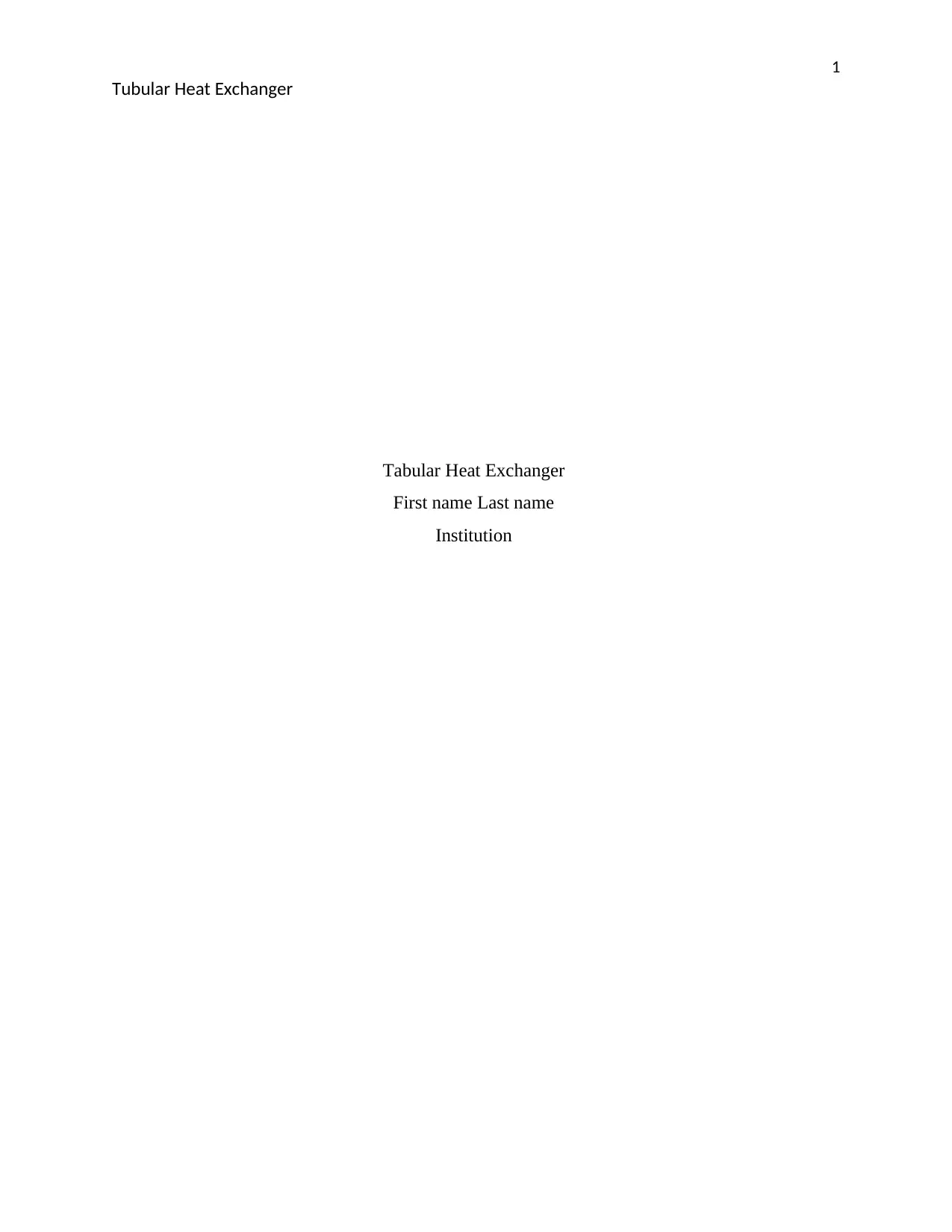
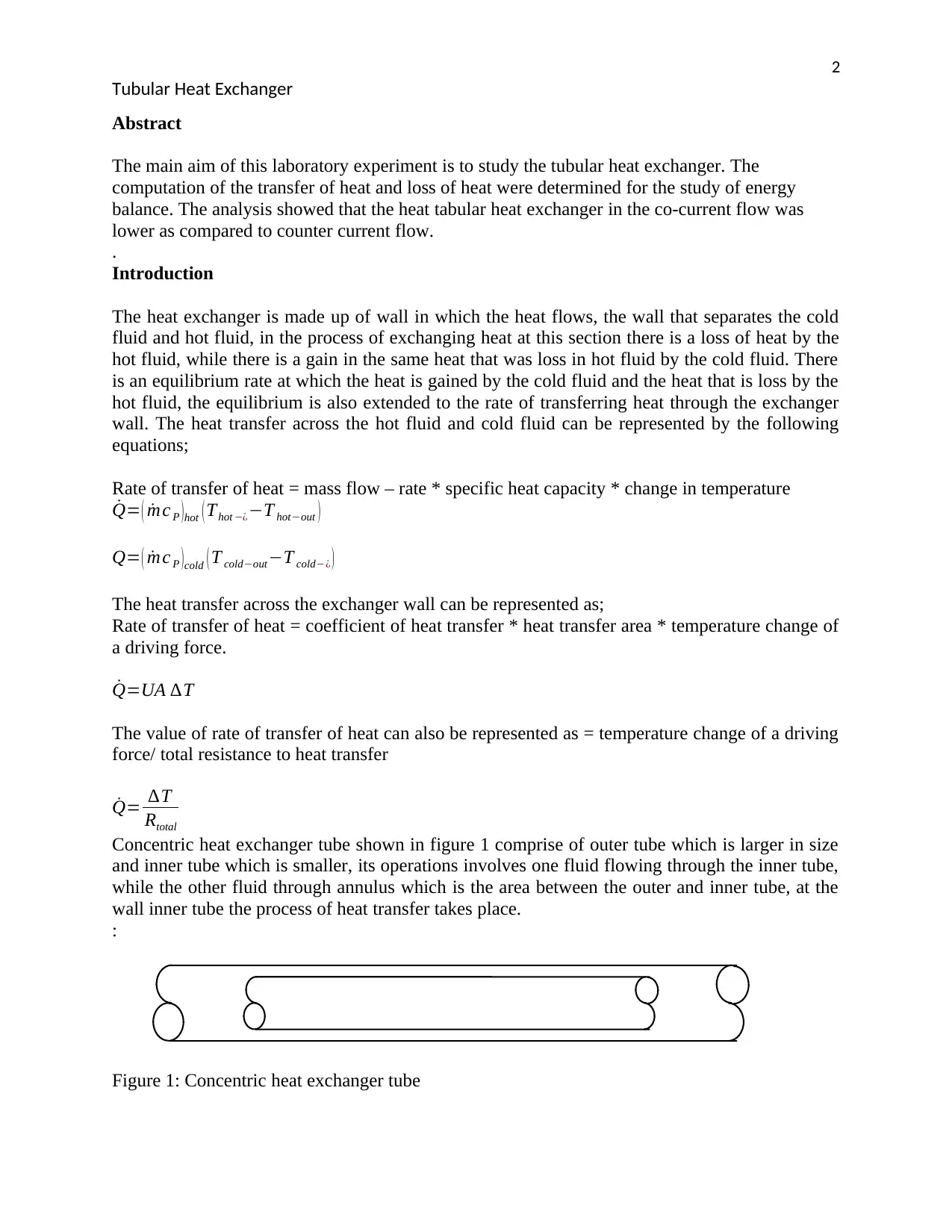
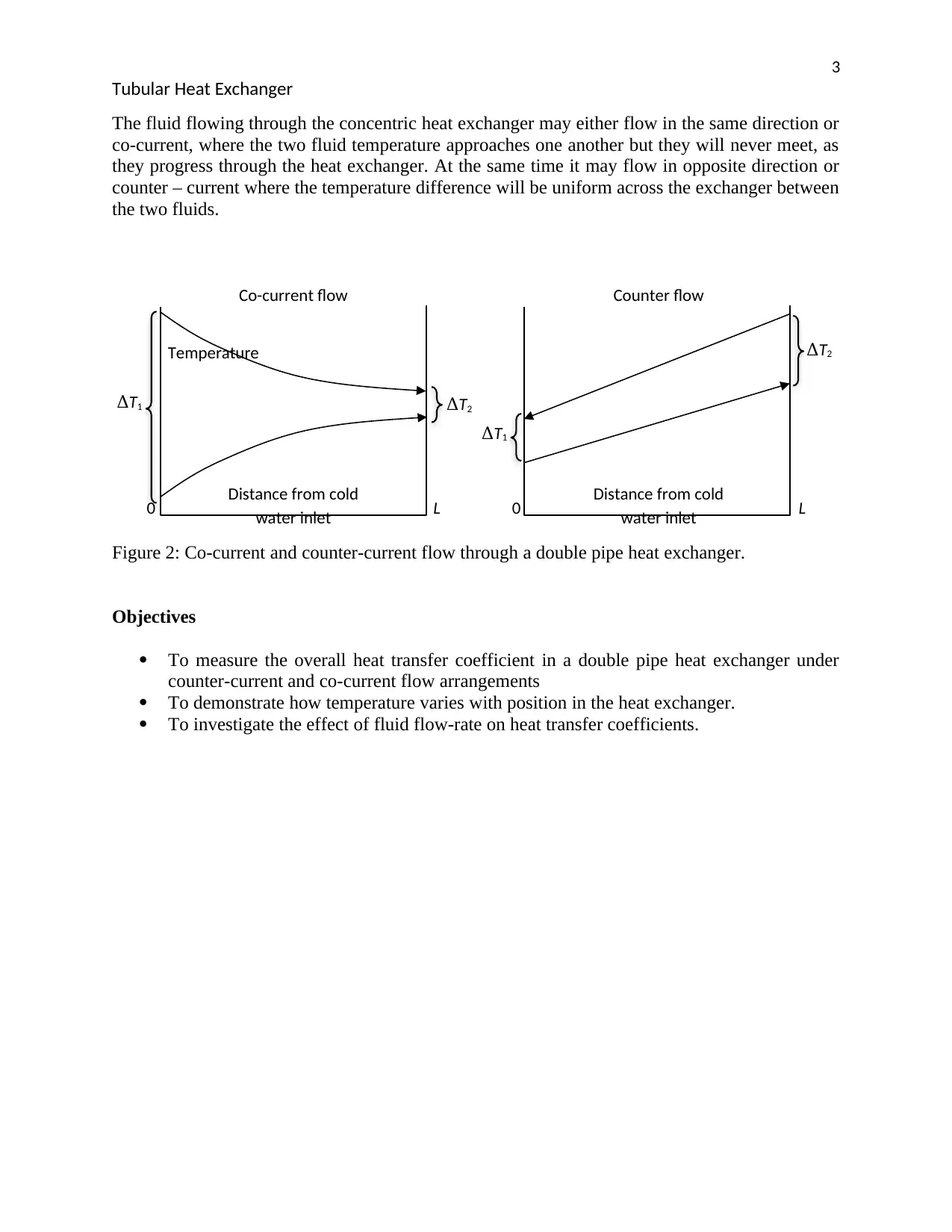
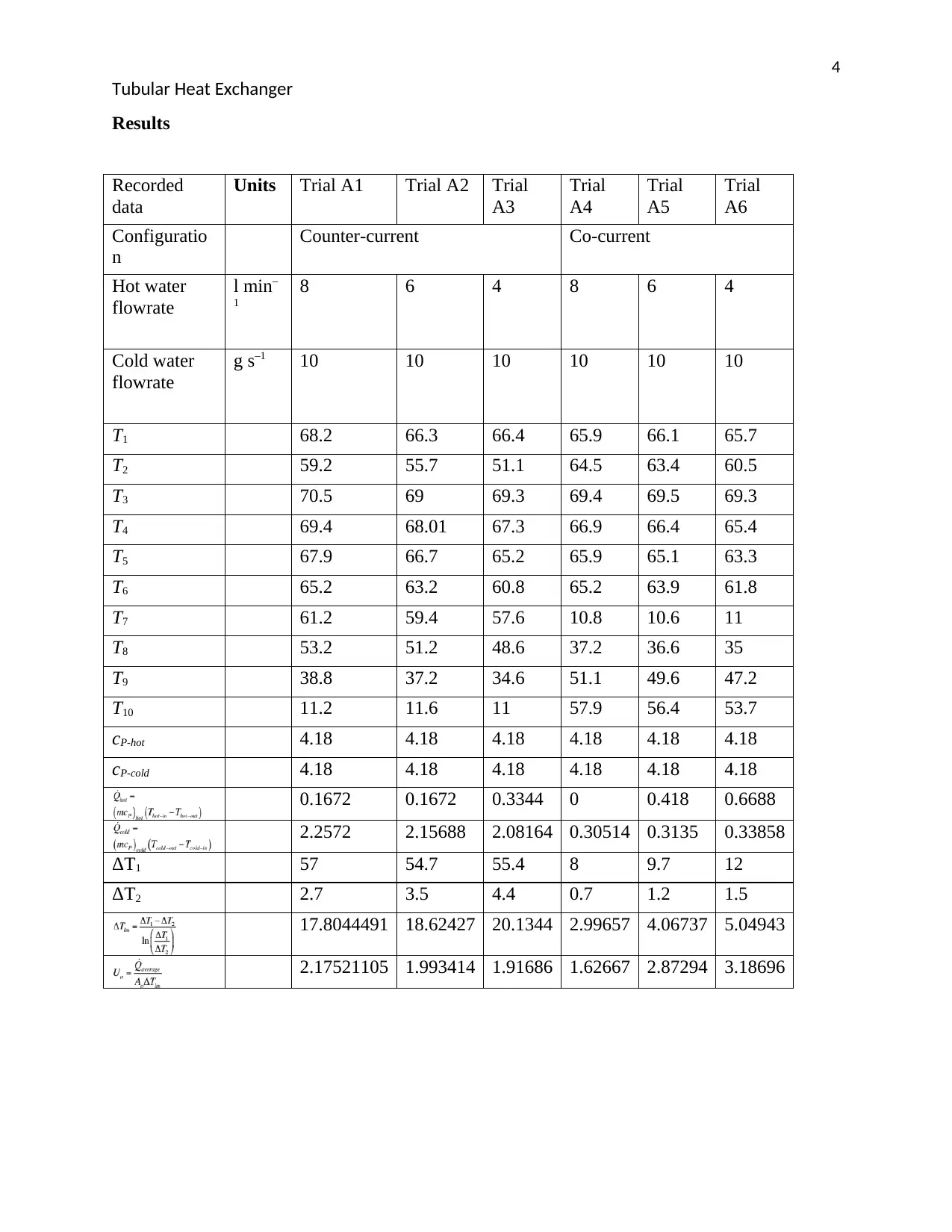
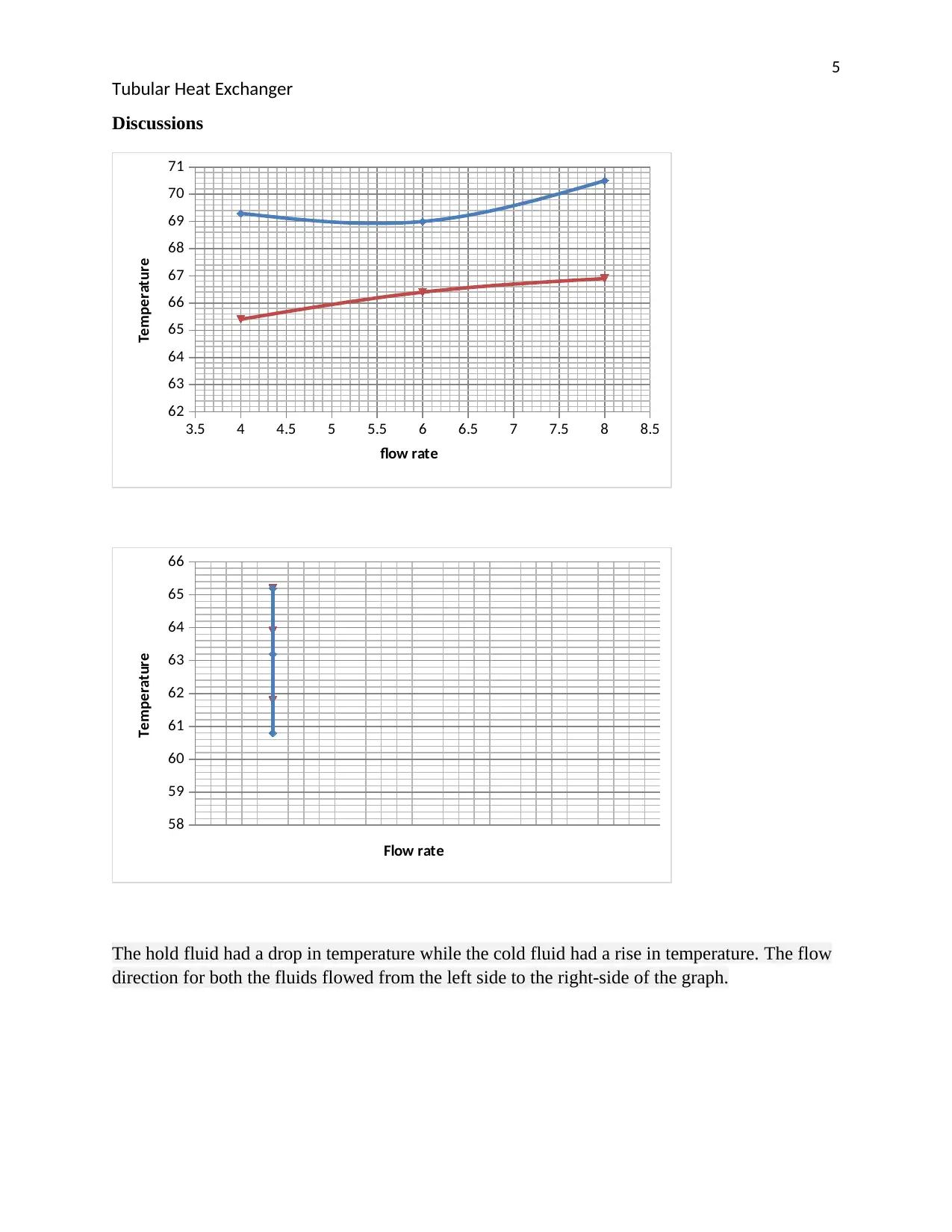
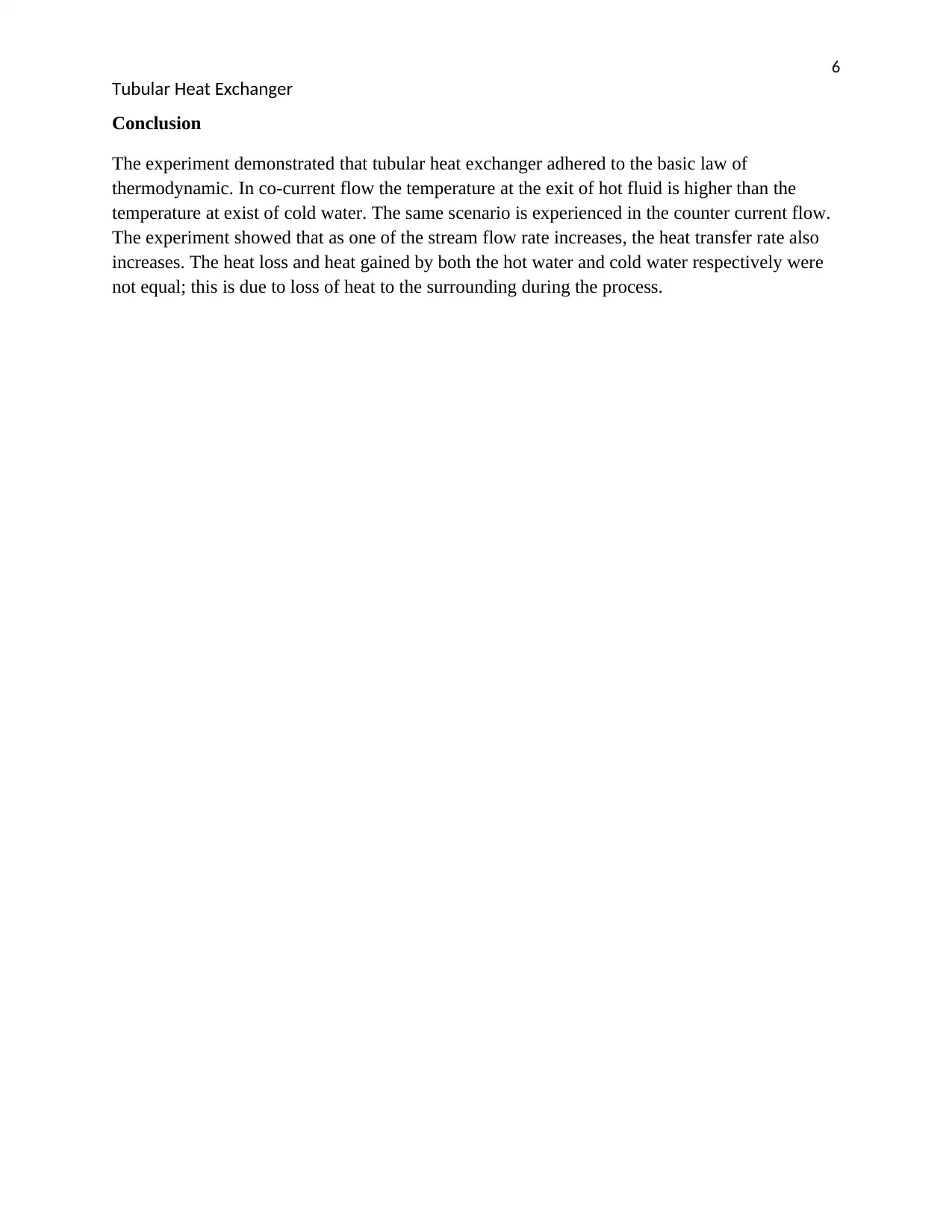
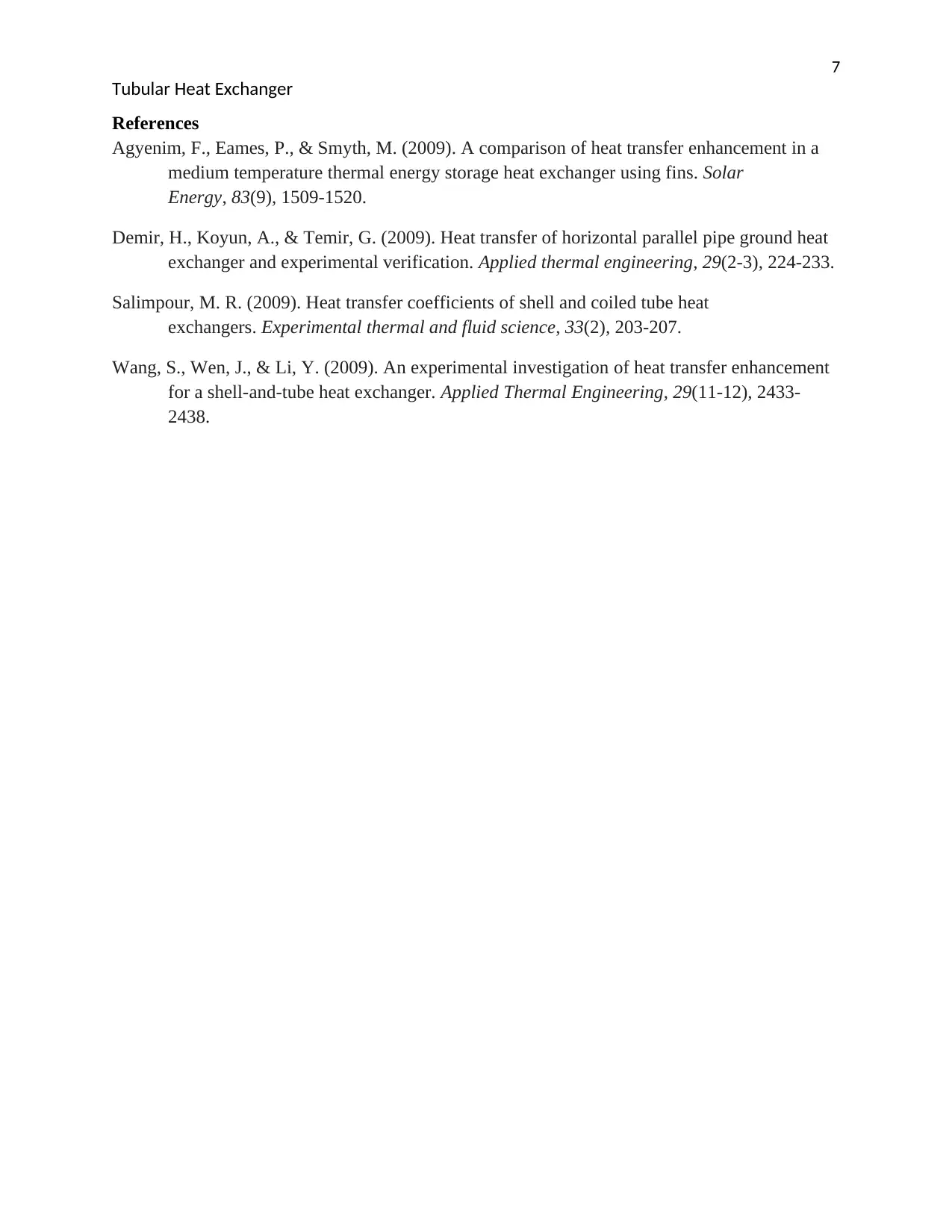





![[object Object]](/_next/static/media/star-bottom.7253800d.svg)